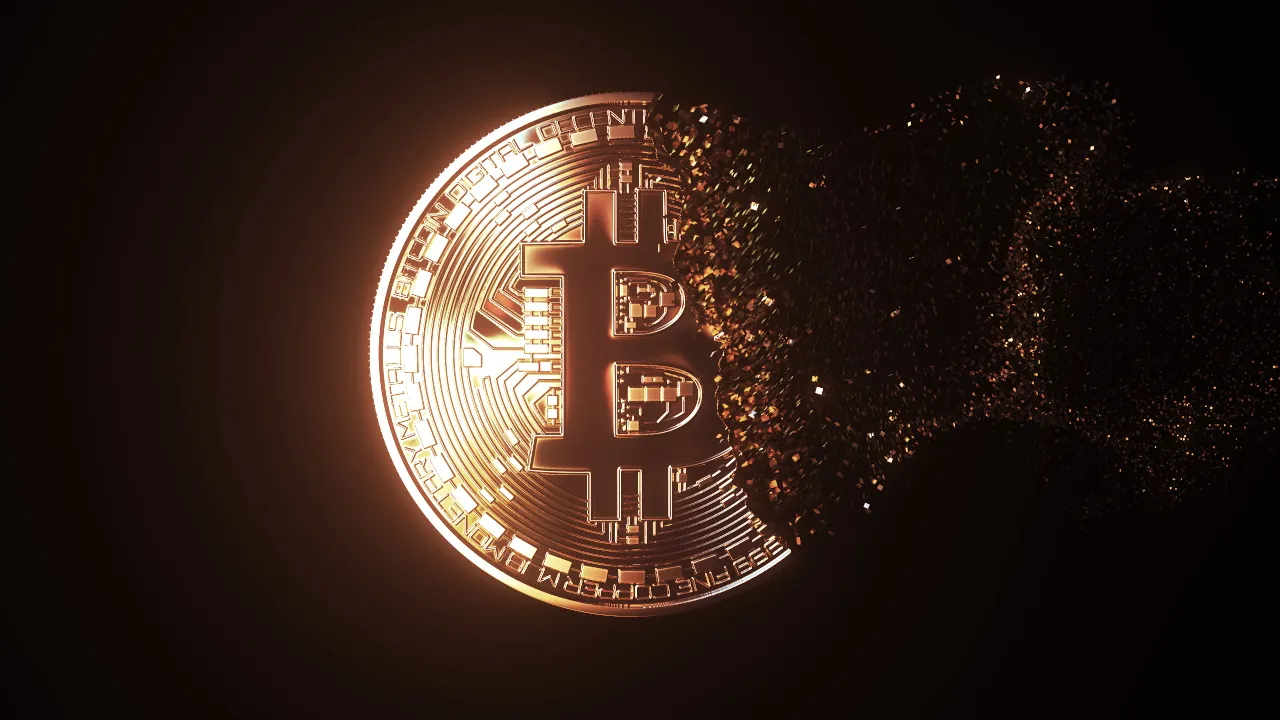Bitcoin miners and hosting companies staying afloat in this market have had to venture outside the blockchain industry.
At current prices and Bitcoin network difficulty, only Bitcoin miners with the newest, most efficient rigs and very competitive power rates are able to break even. That is, if they’re only relying on Bitcoin mining for their revenue. The firms keeping their heads above water have had to find other ways to generate cash with their hardware fleets.
As a recent example, Applied Blockchain CEO Wes Cummins walked a thin line during a recent earnings call.
The datacenter company is hoping a name change, to Applied Digital, will signal that they’re not just focused on Bitcoin miners. The change won’t be official until shareholders approve it at the company’s annual meeting in November, but the company has already updated its website, Twitter account, and logo.
Out with blockchain; in with high-performance computing, or HPC.
Cummins said on the call that the company sees “a much larger market opportunity pertaining to high-performance computing applications relating to image processing, graphics rendering, artificial intelligence and machine learning.”
But Applied still counts Bitmain, F2Pool, and GMR among its largest customers. And soon that list will include publicly traded miner Marathon Digital (MARA), which just signed a 5-year, 200-Megawatt hosting contract.
“I think Marathon is one of the best counterparties, if not the best of the publicly traded miners in the industry,” Cummins said on the call Tuesday.
In this market, that means MARA is down less bad than its other publicly traded mining competitors.
On Tuesday, MARA was trading for $11.27 per share. That’s a 46% drop from six months ago. Over the same period, Riot Blockchain (RIOT) has fallen by 60% and Bitfarms (BITF) by 70%.
Hut 8 Mining (HUT), another miner that’s outperforming its competitors, was trading at $1.89 on Tuesday, down 56% from six months ago.
In a September mining operation update filed with the SEC, Hut 8 said all of the Bitcoin it mined during the month had been deposited into custody, per its “HODL strategy.”
It’s a timely flex for a company to say that it’s keeping all the Bitcoin that it mines.
Earlier this year, beleaguered Bitcoin miners were selling more than they mined. And that selling spree has kept Bitcoin mining reserves at a 12-year low of 1.9 million BTC for most of 2022.
But Hut 8’s Bitcoin fervor tapered as CEO Jamie Leverton said the company was growing its HPC business, “which includes potentially leveraging our GPU machines to provide AI, machine learning, or VFX rendering services to customers, and mining the next most profitable proof of work digital asset during idle time.”
Other mining companies have turned the plight of their competitors into opportunities for mergers and acquisitions. CleanSpark has already spent close to $100 million buying Georgia mining facilities from Mawson and Waha Technologies and 10,000 discounted Bitmain Antminer S19j Pro rigs.
But it’s a precarious time to be bringing new rigs online.
The Bitcoin network difficulty, or how many guesses it takes a mining rig to solve the cryptographic string that allows it to add a block to the chain, jumped by 14% on Monday to 35.6 trillion. That’s an all-time high for the network.
That means miners with the newest mining rigs and access to electricity at a rate below $0.07 per kilowatt are squeaking by on about $6 per day for each rig they’re running, Luxor head of research Colin Harper told Decrypt.
But there are ways to predict when the difficulty might experience a big swing up or down. That’s why Luxor just launched a Bitcoin mining forward contract.
The derivative, which is available to accredited investors, allows miners to hedge against thinning margins. Harper explained that a miner with 100 rigs who wants to lock in a $7 per day profit for each machine could sell a 30-day derivatives contract for the computing power it takes to run those rigs.
“If BTC mining profitability goes down over this timeframe, then you’ve hedged that downside and made a profit,” he said, “but if profitability goes up, then you’ve lost money.”
In this market, that’s a gamble Bitcoin miners might very well be willing to take.
Disclaimer
The views and opinions expressed by the author are for informational purposes only and do not constitute financial, investment, or other advice.

